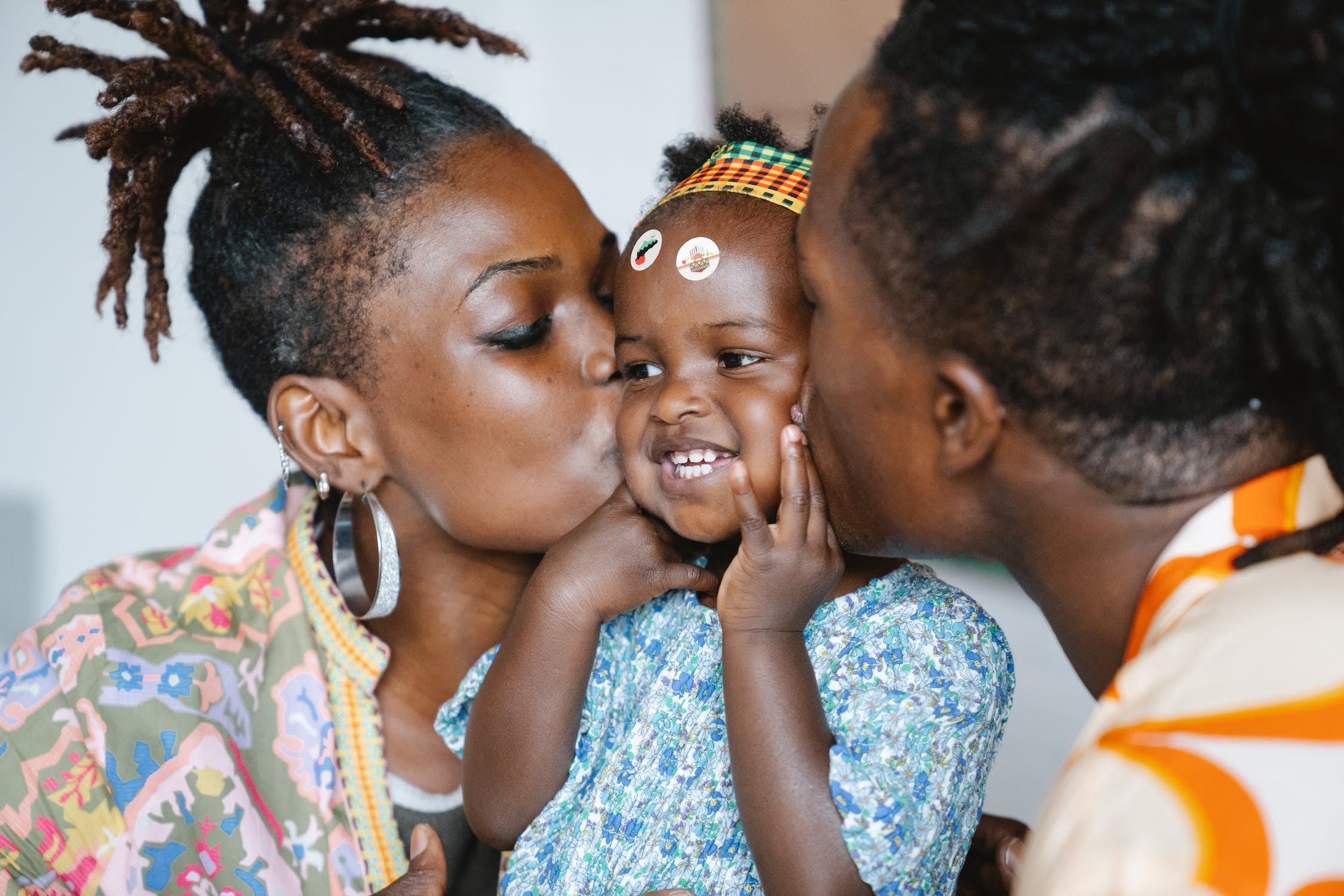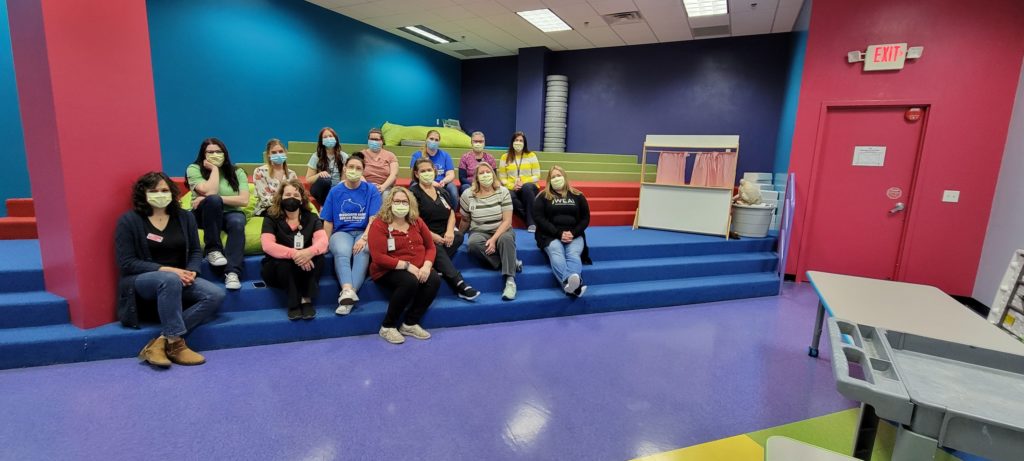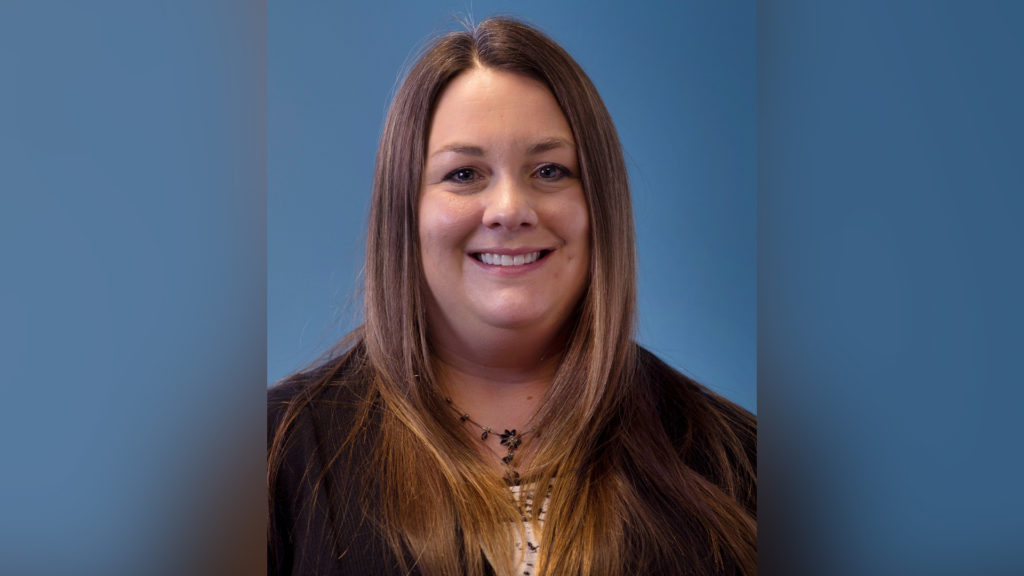Written by Dr. Ashley Williams, Ph.D., LABA, BCBA-D, Vice President
National Social Justice Day is a time to reflect on the progress made in creating a more equitable and inclusive society. At LEARN Behavioral, this commitment goes beyond the confines of our therapy rooms; it extends into the heart of public policy advocacy. Our dedication to social justice is evident through our active involvement in various organizations and our continuous efforts to champion policies that support the autism community.
1. Advocating for Autism Services Nationwide
LEARN Behavioral is proud to be an active member of the Council for Autism Service Providers (CASP). Our leadership team actively participates as CASP Special Advocacy Group Leaders in 11 states where LEARN Behavioral operates. This engagement allows us to contribute firsthand to the shaping of policies that impact individuals with autism and their families. Additionally, our membership in the National Coalition for Access to Autism Services (NCAAS) underscores our commitment to addressing state and federal barriers to autism services. By collaborating with like-minded organizations, we strive to create a unified voice advocating for positive change on a broader scale.
2. Advancing Autism Equity Through State Organizations
At LEARN Behavioral, we understand the importance of grassroots efforts in promoting social justice. Our active involvement in local trade and professional organizations, including CalABA, BABAT, WAPA, ORABA, MAC, MIBAP, reflects our dedication to the larger behavior analytic community. Through volunteering and membership in these organizations, we aim to contribute to the development of equitable services for the diverse communities we serve. We believe that fostering connections within the behavioral community is crucial to creating a more inclusive and supportive environment for all.
3. Leading National Advocacy Efforts for Autism Policy Reform
LEARN Behavioral is fortunate to have resident experts in public policy who actively contribute to the advancement of the autism community. LEARN leaders have published peer-reviewed journal articles on public policy, presented at local and national conferences, and provided numerous testimonies advocating for access to care. Our chief clinical officer, Dr. Hanna Rue, is a beacon of leadership in this regard. Her participation in NCAAS’s “day on the hill” in Washington, D.C., exemplifies our commitment to effecting change at the highest levels. By engaging with House and Senate offices, we strive to influence initiatives that positively impact the autism community on a national scale.
4. LEARN Advocacy Network
The LEARN Advocacy Network, led by Dr. Rebecca Thompson, is a vital part of LEARN Behavioral’s public policy efforts, providing a monthly meeting ground for leaders from each state. Driving our advocacy initiatives, this collaborative team engages in meaningful discussions, sharing insights, and staying abreast of the latest developments in public policy. The network serves as a platform where LEARN Behavioral leaders exchange information, ensuring a well-coordinated and informed approach to navigating the complex landscape of policy initiatives.
As we observe National Social Justice Day, it is imperative to recognize the multifaceted approach LEARN Behavioral takes to contribute to a more just and equitable society. Through active participation in national and state organizations, as well as championing public policy initiatives, we are dedicated to making a lasting impact. Our commitment to social justice extends beyond our therapeutic interventions, reflecting our belief in the power of advocacy and policy to create positive change for individuals with autism and their families.








